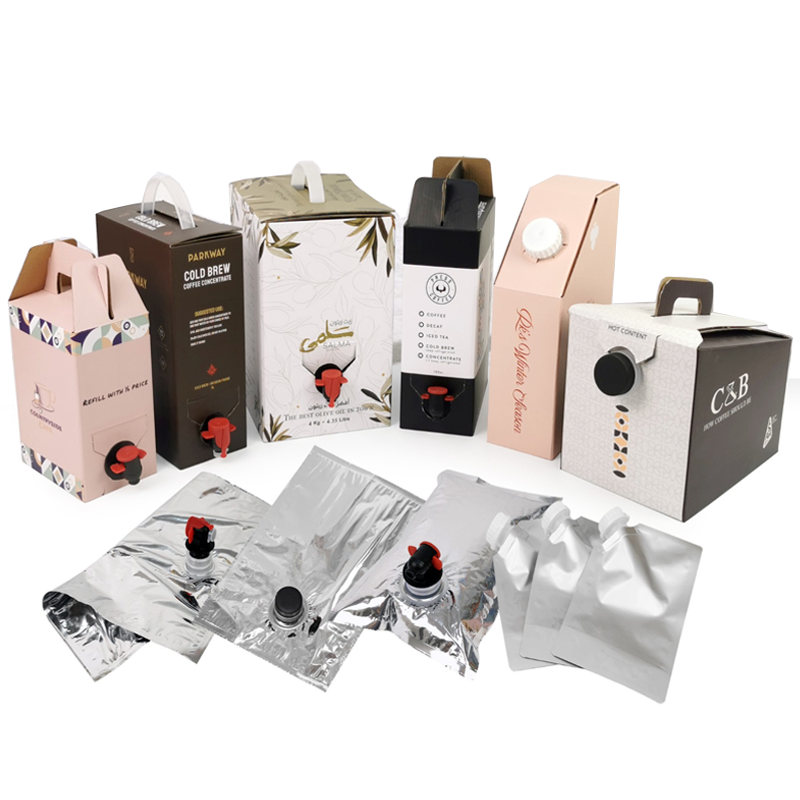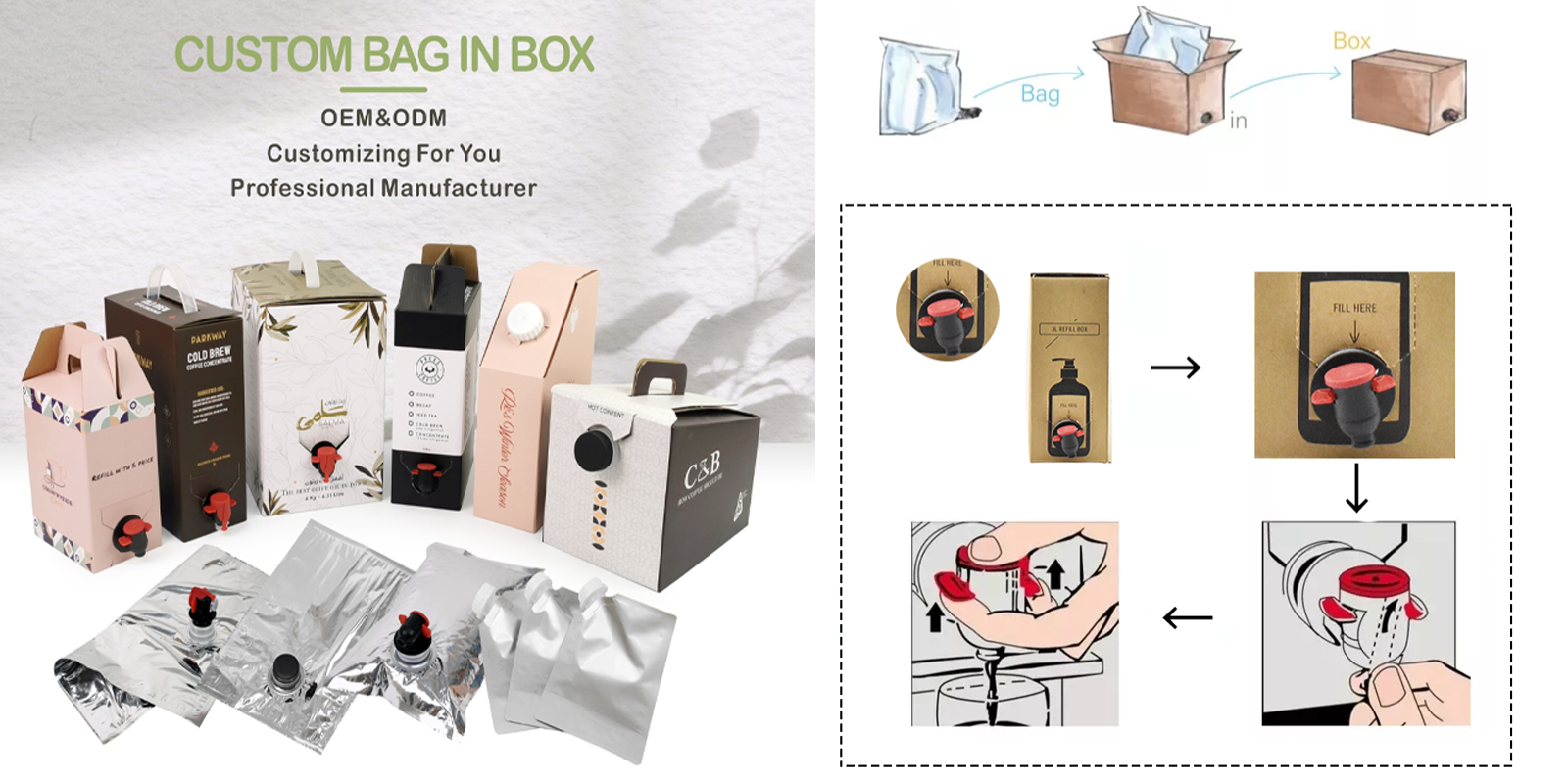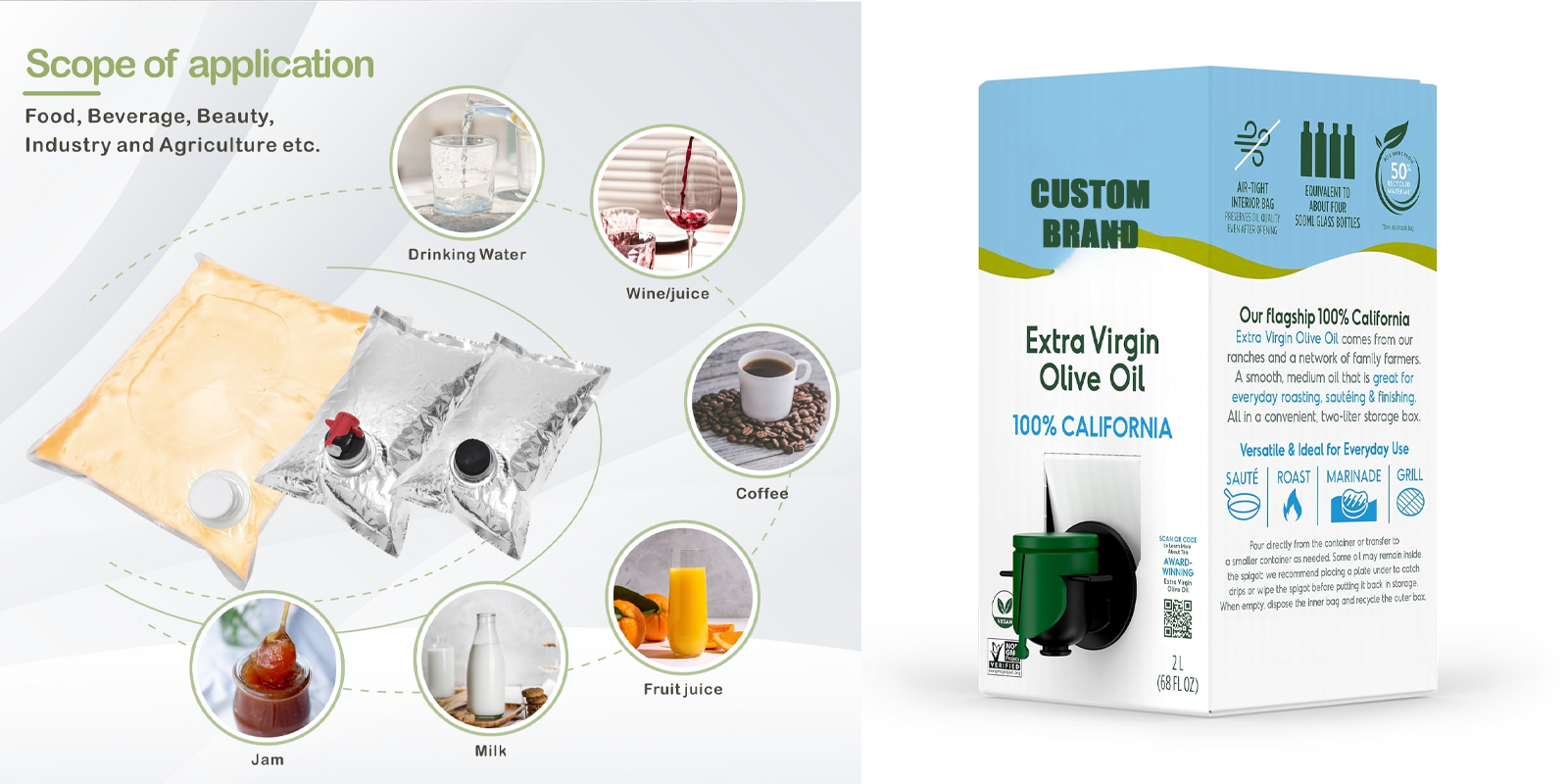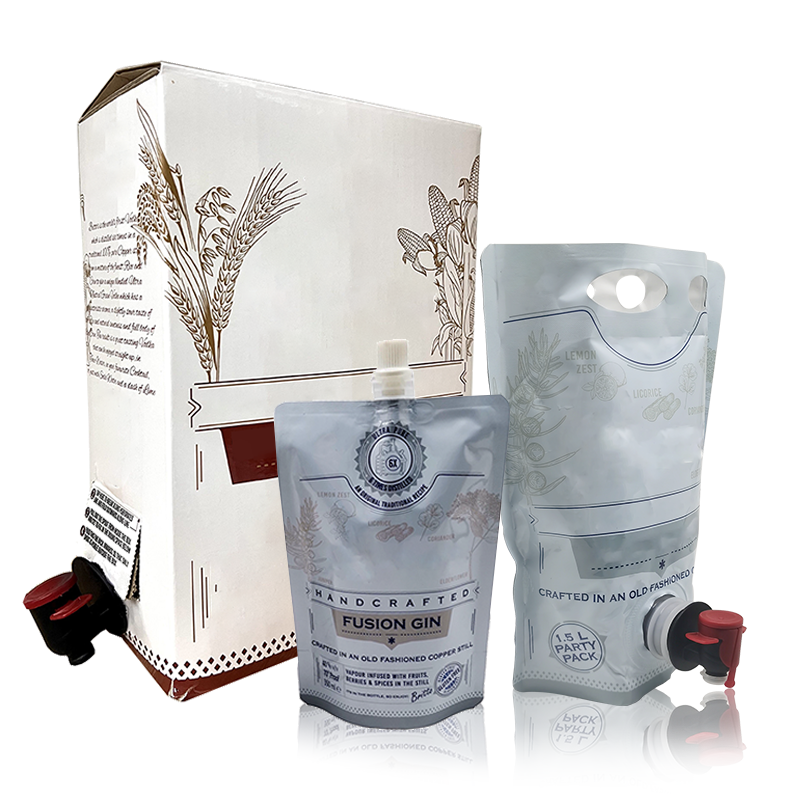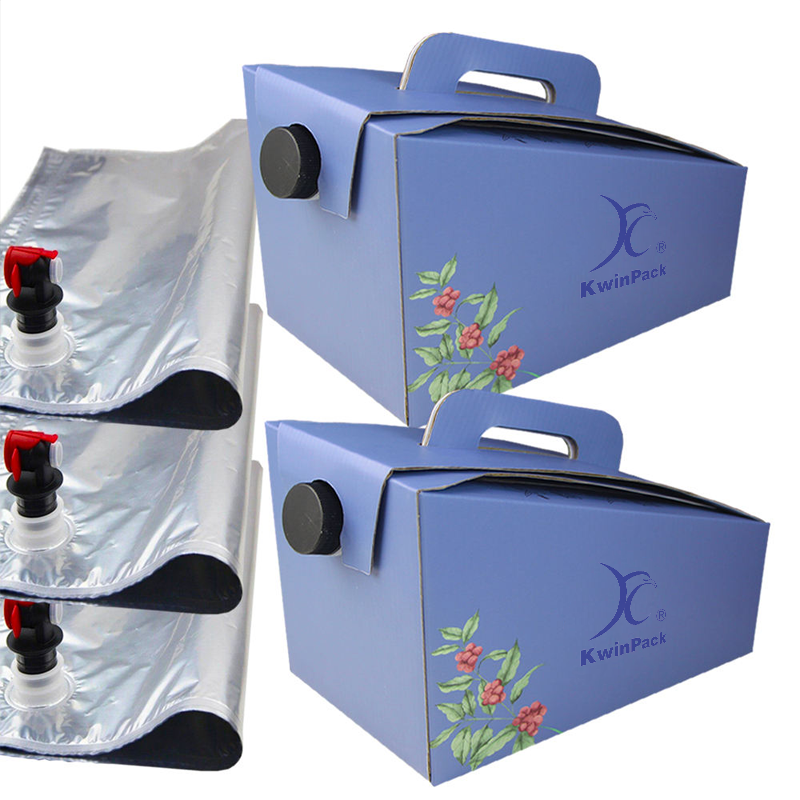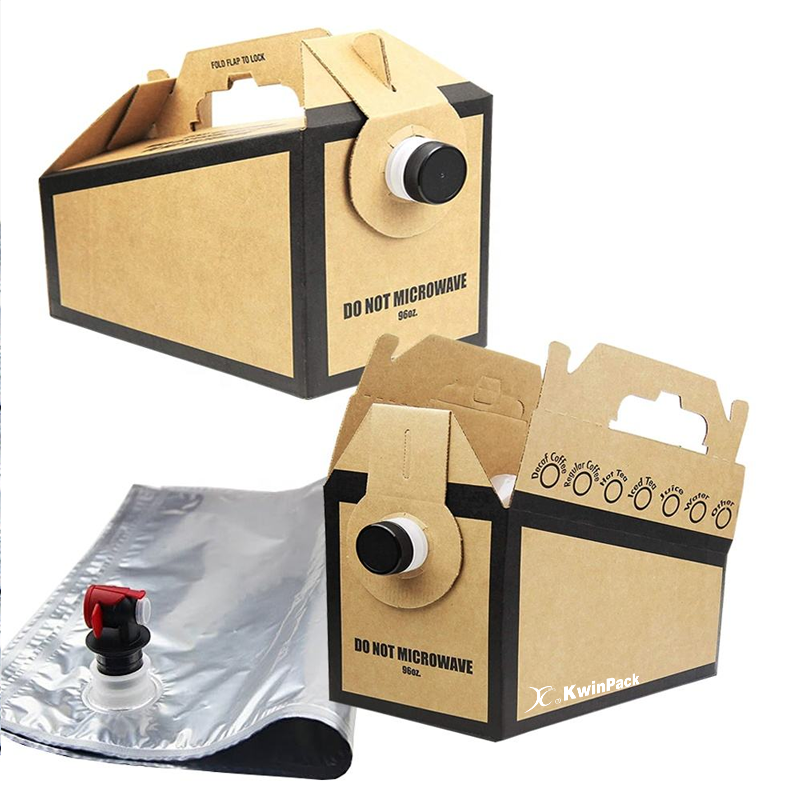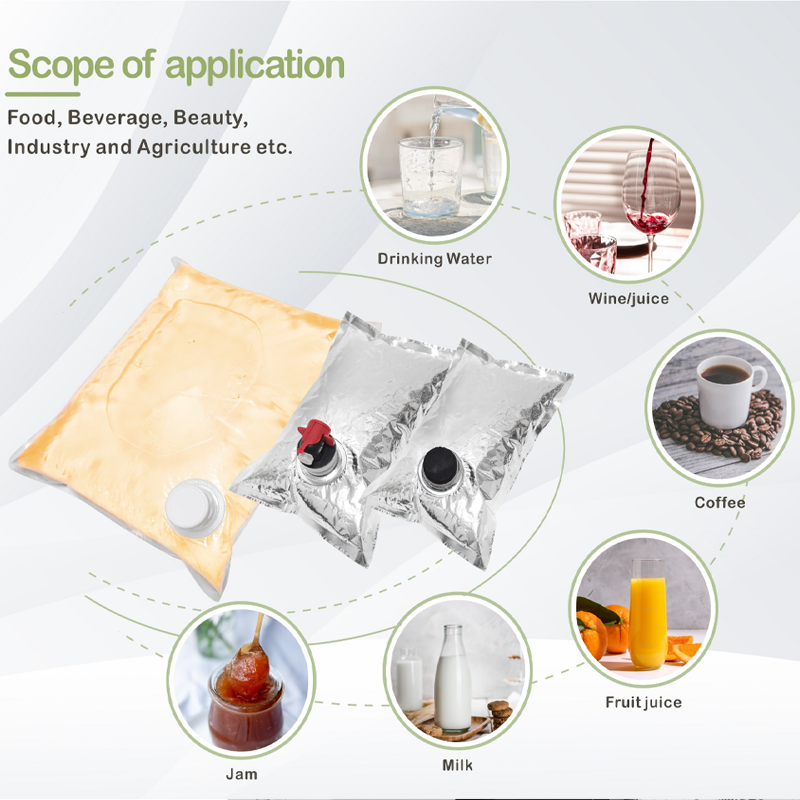What is Bag in Box System
A bag-in-box (BIB) system is a packaging solution primarily used for storing and dispensing liquids. It consists of a flexible, multi-layered plastic bag that is hermetically sealed and fitted with a dispensing tap or valve. This inner bag is then housed within a protective outer container, typically made of corrugated cardboard, which provides structural support and facilitates handling and transportation
The core functionality of the BIB system lies in its ability to preserve the quality of the liquid contents by minimizing exposure to air and light. As the product is dispensed, the inner bag collapses, preventing oxygen from entering and thus extending the shelf life even after opening. This design makes it a popular choice for a wide array of products across various industries, offering a balance of practicality, cost-effectiveness, and product protection.
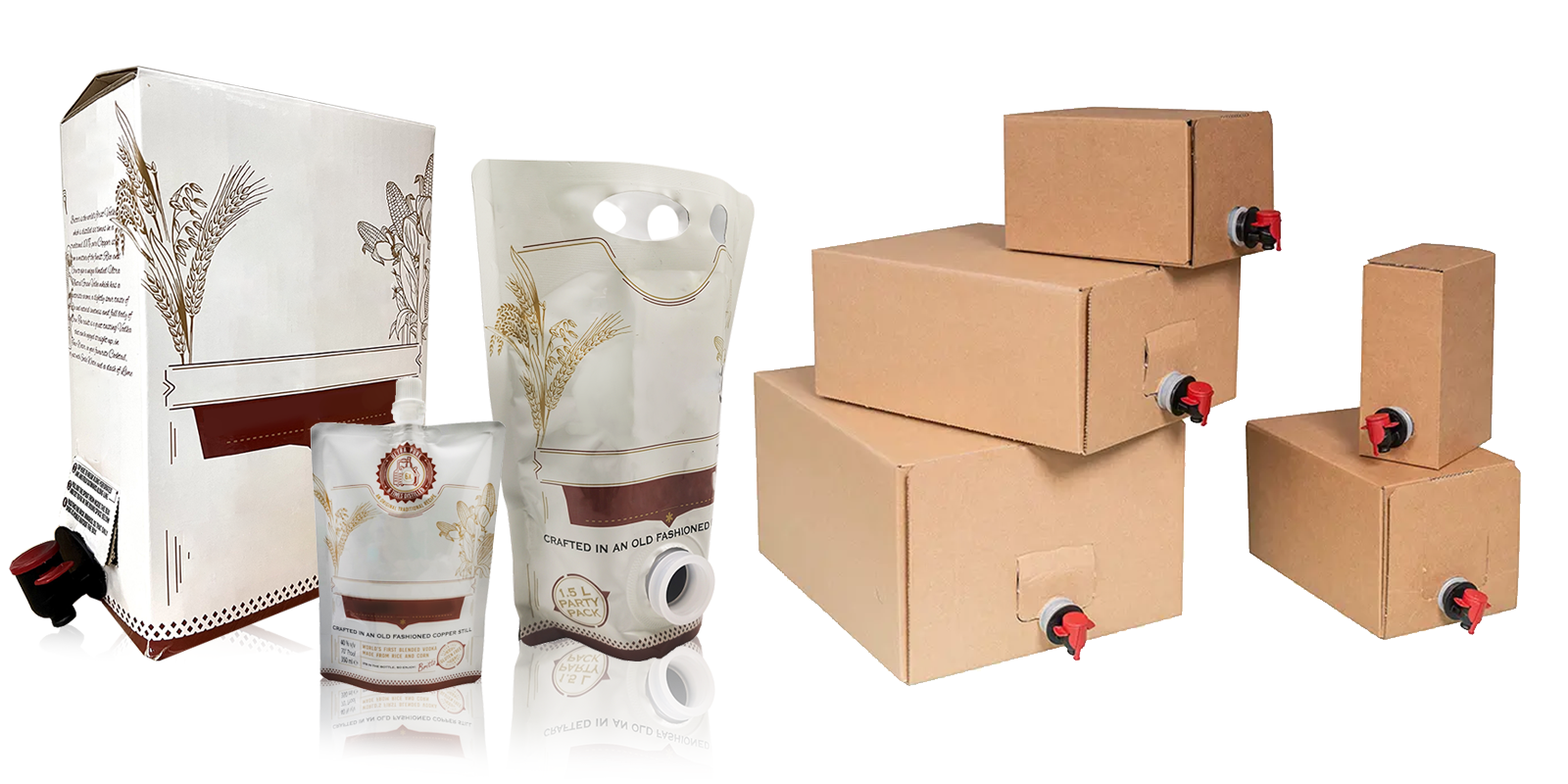
Bag in Box System Advantages
1.Extended Shelf Life
One of the primary advantages of the bag-in-box system is its ability to significantly extend the shelf life of the packaged liquid. The hermetically sealed inner bag, often constructed with multiple layers of barrier film, effectively prevents oxygen and other contaminants from entering and degrading the product. As the liquid is dispensed, the bag collapses, minimizing air contact with the remaining contents, thus preserving freshness and quality for a longer duration compared to rigid containers.
2.Cost-Effectiveness
The bag-in-box system often presents a more economical packaging solution compared to alternatives like glass or rigid plastic bottles. The manufacturing process for the flexible inner bags and the corrugated outer boxes typically requires less material, leading to lower production costs. Additionally, the lighter weight of BIB packaging can result in reduced transportation expenses, especially when shipping large volumes. The efficient use of storage space, both before and after filling, further contributes to overall cost savings.
3.User Convenience
The bag-in-box system offers several conveniences for end-users. The integrated dispensing taps or valves allow for easy and controlled pouring, minimizing spills and messes. The lightweight nature of the filled container, even in larger volumes, makes it easier to handle and pour compared to heavier alternatives. The compact and often stackable design of the outer box also simplifies storage in various environments, enhancing the overall user experience.
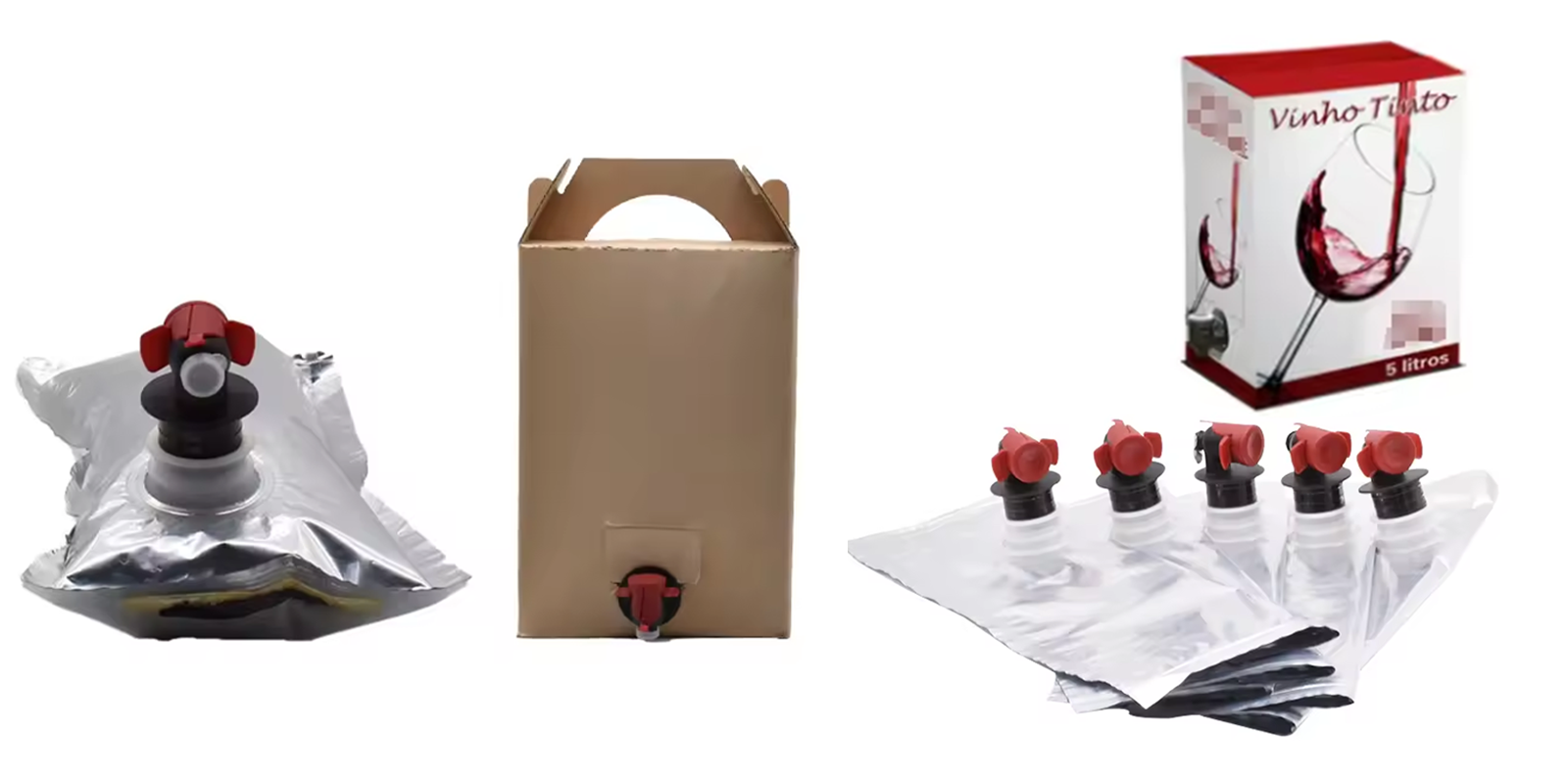
4.Environmental Benefits
Choosing a bag-in-box system can also be a more environmentally responsible option. It generally uses less plastic compared to rigid plastic containers of the same volume, reducing plastic waste. The collapsible empty bags take up less landfill space, and the corrugated cardboard outer box is often made from recycled materials and is readily recyclable. The lighter weight can also contribute to lower fuel consumption during transportation, resulting in a smaller carbon footprint.
5.Versatile Applications
The bag-in-box system is remarkably versatile and can be used for a wide array of liquid and semi-liquid products across diverse industries. From beverages like wine, juice, and syrups to food products such as sauces and edible oils, and even non-food items like cleaning solutions and adhesives, BIB offers a suitable packaging solution. The availability of various bag materials and fitment options allows for customization to meet specific product requirements.
Conclusion
In summary, the bag-in-box system offers a practical and efficient solution for storing and dispensing liquids. Its ingenious design, combining a flexible inner bag with a protective outer box, effectively preserves product freshness and simplifies usage. Understanding its mechanics highlights its value across diverse industries, from beverages to industrial applications.
